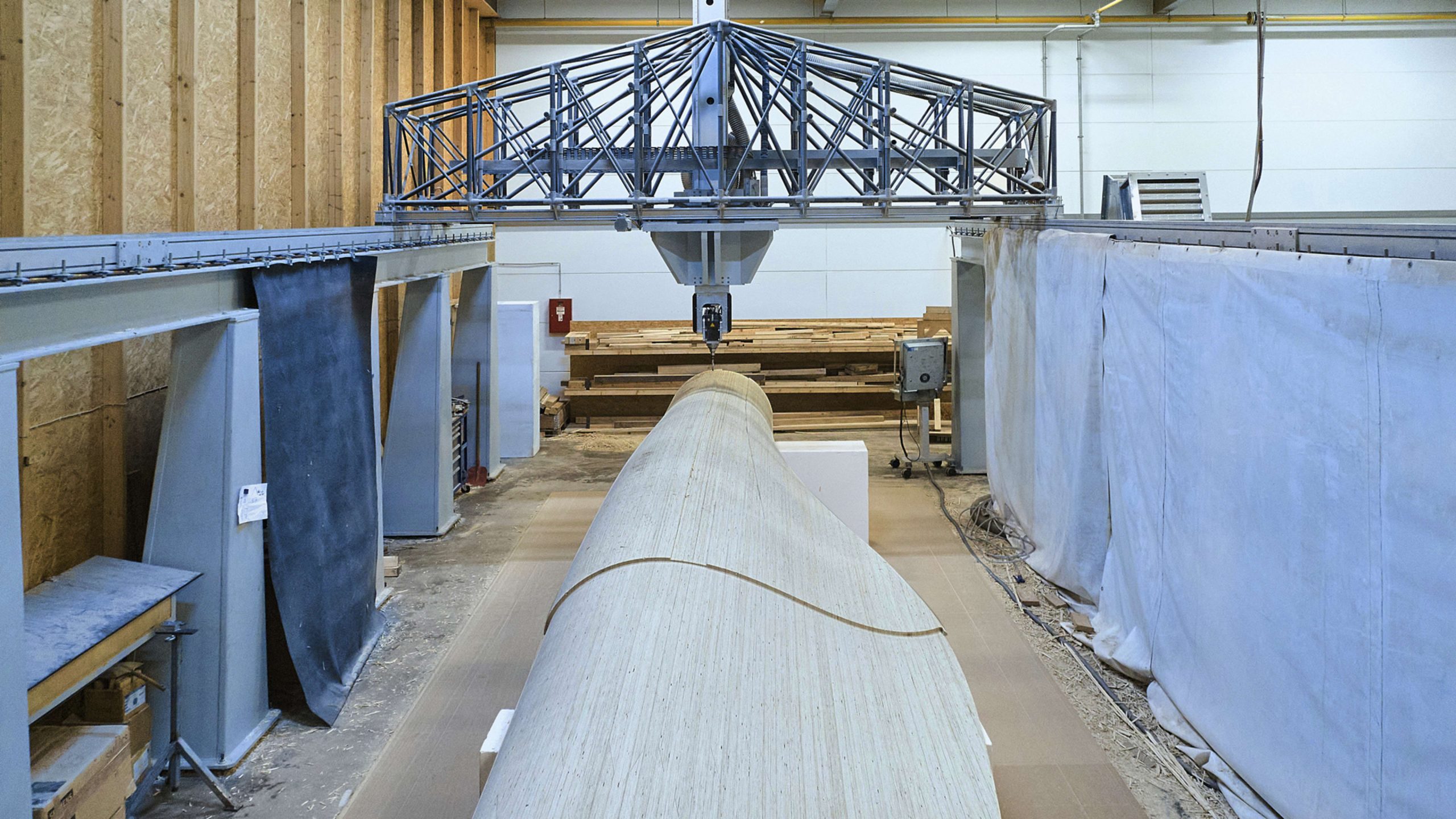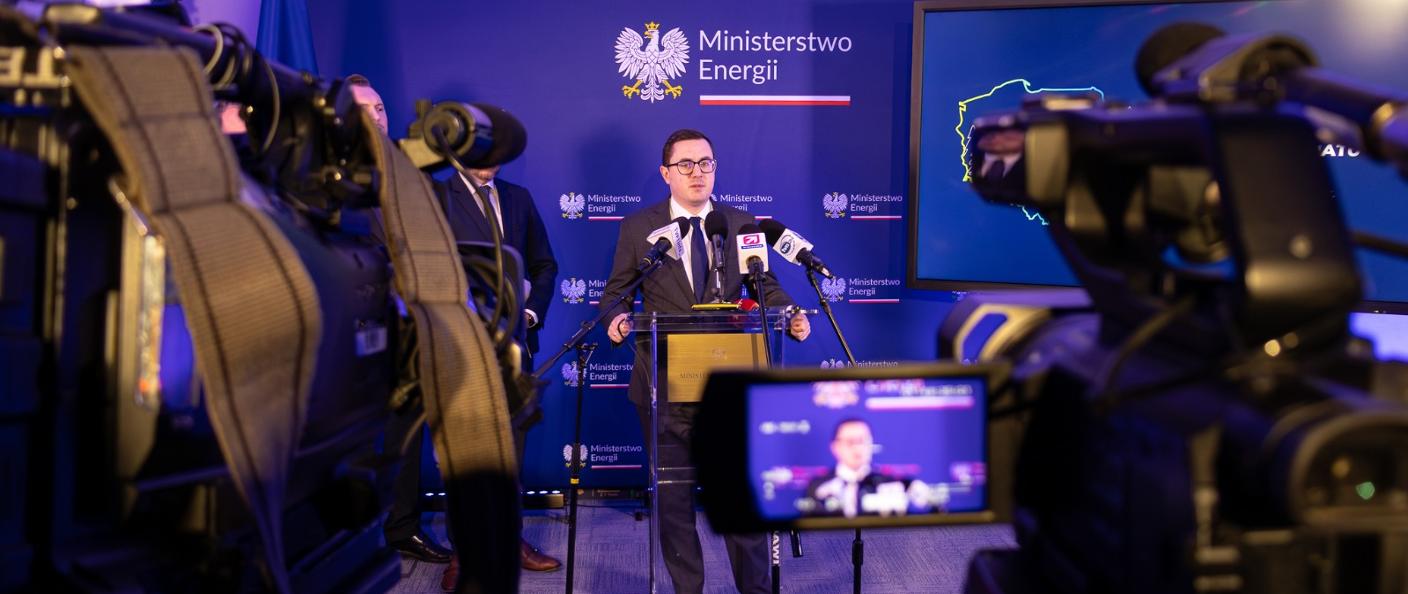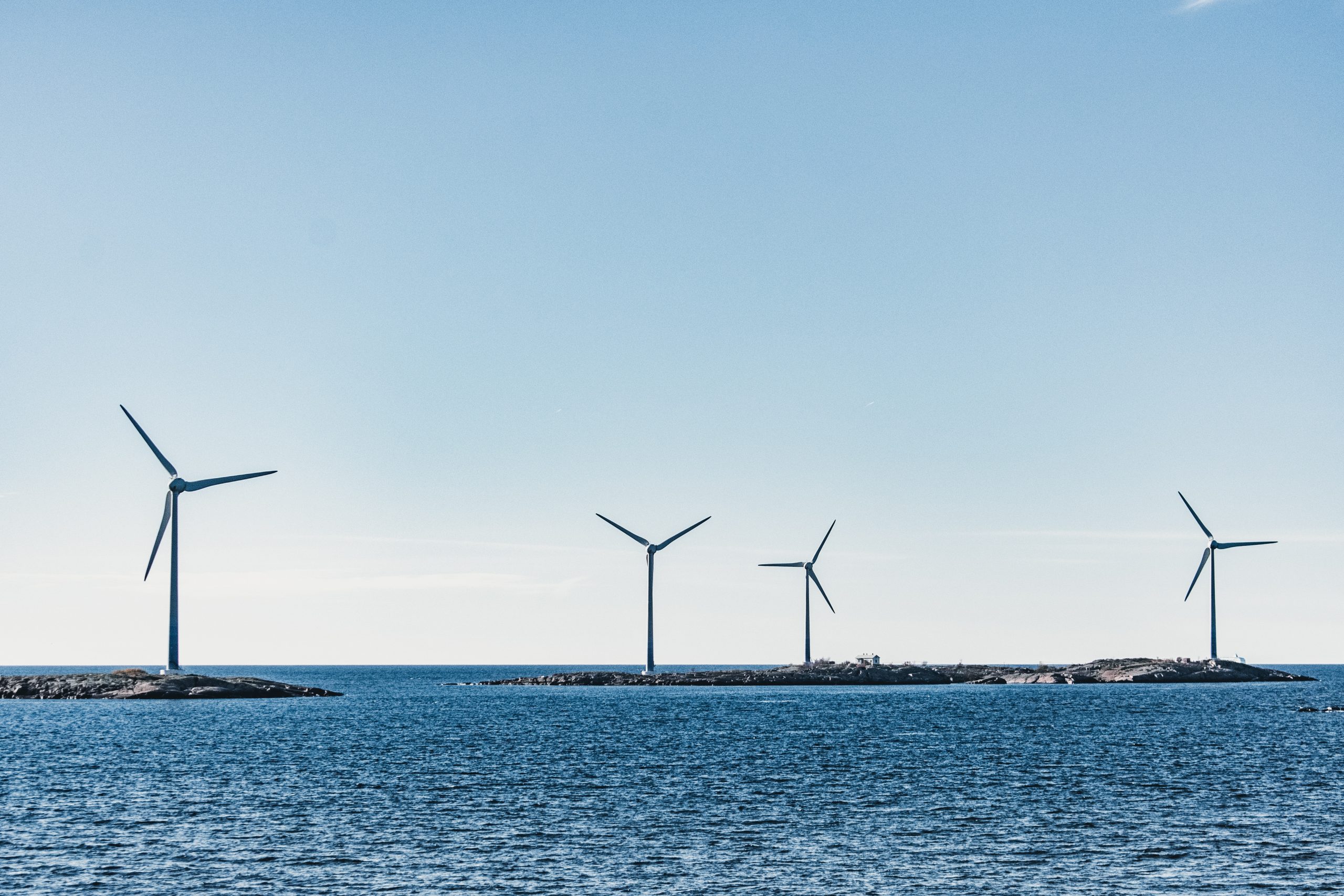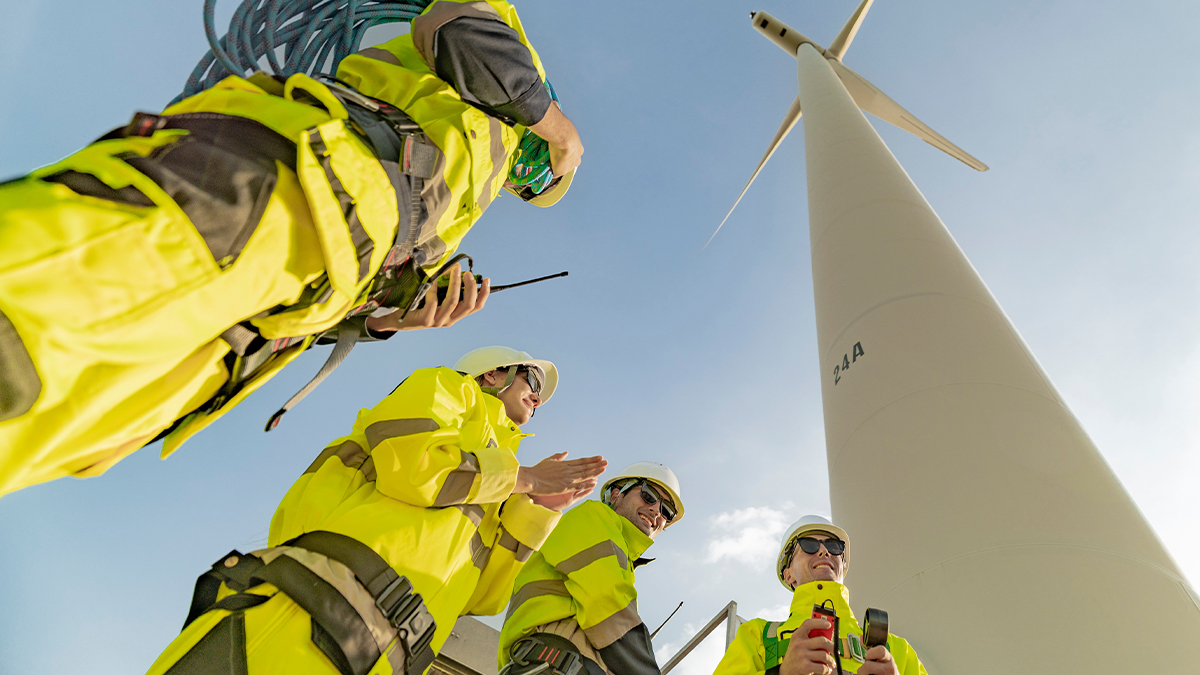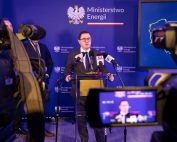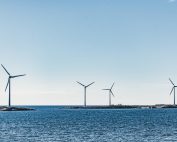The world’s first wooden wind turbine blades have been installed in Germany, promising to produce 78% fewer CO2 emissions during construction and reduce production costs by 20% compared to current turbine blades.
Designed and manufactured by Voodin Blade Technology, a German pioneer in wind turbine blade manufacturing, these laminated veneer lumber blades represent a more sustainable construction material than those currently in use and facilitate easier recycling of decommissioned blades.
While many wind turbine blades are typically buried underground at the end of their operational life, efforts to enhance their recyclability are increasing. Danish wind energy giant Vestas introduced a new method in early 2023 to recycle epoxy-based wind turbine blades, breaking down the epoxy resin into virgin-grade materials. Similarly, Danish company Continuum announced plans in January 2023 to establish six industrial-scale wind turbine blade recycling factories across Europe and began processing end-of-life blades by the end of the year.
Despite these advancements, Voodin’s laminated veneer lumber blades offer a fully biodegradable solution. These blades are crafted from one of the preferred materials for structural applications and are seen as a potential game-changer in the industry’s move towards circularity.
The initial 19.3-metre wooden blades have been installed on an existing wind turbine in Breuna, Germany. Voodin is also developing larger prototypes, including 60-metre and 80-metre blades. These wooden blades are produced using CNC milling machines, which excel at creating complex 3D shapes. This high level of automation eliminates the need for moulds, offering a distinct advantage over traditional fiberglass and epoxy resin blades.
“We have conducted hundreds of laboratory tests during the past two years to perfect the blade material,” said Jorge Castillo, co-founder at Voodin Blade Technology. “According to all our tests, our blades are even more durable than the existing fiberglass blades, as they show fewer fatigue characteristics and are proven to endure all kinds of onshore weather conditions extremely well.”
According to Voodin, increased automation in blade construction reduces labour requirements, leading to lower labour costs and enabling production closer to wind farms. This proximity further reduces transportation costs and emissions.
In addition to being environmentally friendly, the laminated veneer lumber blades are more durable than the composite materials currently in use. They can withstand the harshest conditions of onshore energy production.
Source:Voodin Blade Technology
